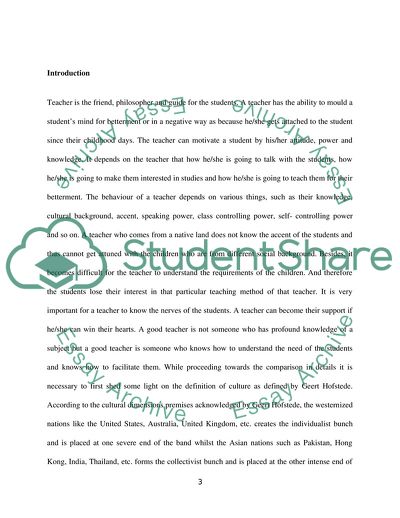Cite this document
(Critical Comparison between native and non-native English teachers Research Paper, n.d.)
Critical Comparison between native and non-native English teachers Research Paper. https://studentshare.org/english/1805944-language-culture-and-power-project-report-for-4000-words
Critical Comparison between native and non-native English teachers Research Paper. https://studentshare.org/english/1805944-language-culture-and-power-project-report-for-4000-words
(Critical Comparison Between Native and Non-Native English Teachers Research Paper)
Critical Comparison Between Native and Non-Native English Teachers Research Paper. https://studentshare.org/english/1805944-language-culture-and-power-project-report-for-4000-words.
Critical Comparison Between Native and Non-Native English Teachers Research Paper. https://studentshare.org/english/1805944-language-culture-and-power-project-report-for-4000-words.
“Critical Comparison Between Native and Non-Native English Teachers Research Paper”. https://studentshare.org/english/1805944-language-culture-and-power-project-report-for-4000-words.


